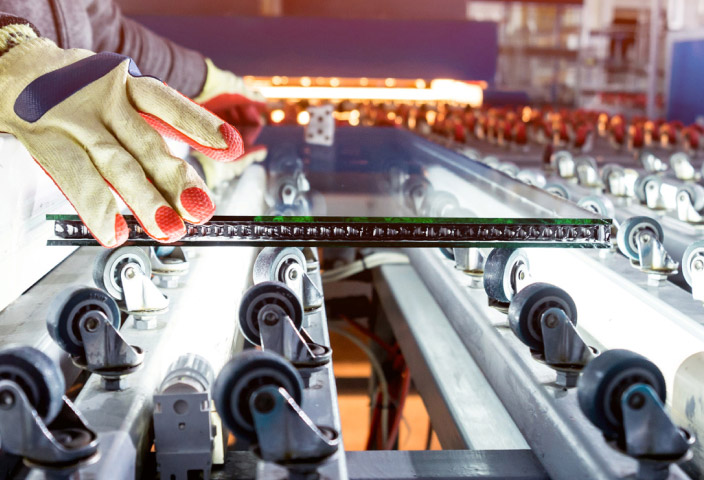In today's fiercely competitive business landscape, technological advancements are driven by the ever-changing demands of the corporate world. With mounting pressure to expedite customized product delivery, achieve economies of scale, and optimize efficiency across the product lifecycle, the focus is squarely on reducing time-to-profit.
How PLM Drives Innovation in the Turbulent Reality: SAP and LeverX Experts on the Industry Trends and Future of Product Lifecycle Management
In today's fiercely competitive business landscape, technological advancements are driven by the ever-changing demands of the corporate world. With mounting pressure to expedite customized product delivery, achieve economies of scale, and optimize efficiency across the product lifecycle, the focus is squarely on reducing time-to-profit.
These imperatives reshape technology in three ways: accelerating product development to meet market demands, enhancing manufacturing and supply capabilities for efficient scaling, and maximizing revenue through streamlined processes and improved life cycle efficiency.
This prompts two crucial questions: which technologies meet these demands, and what is the impact of modern Product Lifecycle Management (PLM) solutions on overall business strategies and product lifecycle management processes? To unravel these complex matters, we've interviewed two PLM experts.
| James Keefe, representing LeverX, offers his extensive experience as a Design Engineer, IT configurator, and Business Process Owner, now enriched by his perspective from the SAP Partner side. | |
| Yash Agrawal, a Senior Project Manager at SAP DSC PLM Cloud Acceleration, complements our expert panel, providing valuable insights from within the SAP ecosystem. |
The Role of PLM in Product and Tech Innovation
Can you elaborate on how PLM fosters innovation in today's rapidly evolving business environment?
James: PLM is instrumental in driving innovation, especially in the face of constantly changing technological landscapes and evolving consumer demands. It's more than just a tool for optimizing processes; it acts as a catalyst for sustainability, fueling product and tech development innovation.
Yash: Absolutely, and the transformation of global product development is remarkable. We're witnessing a paradigm shift that brings product designers closer to end-users, allowing for shorter feedback loops and more rapid product reinvention. This shift has been readily embraced by product development teams across various industries, facilitated by digitizing product development data and adopting PLM software, which eases the transition.
Could you provide more insights into how PLM seamlessly integrates disruptive technologies to drive innovation?
James: Certainly. PLM serves as a linchpin for driving innovation. It seamlessly integrates disruptive technologies like IoT, AI, and cloud computing. It enables over-the-air product updates, reducing the need for physical servicing. This has given rise to new business models, including subscription-based services. Additionally, PLM nurtures closed-loop digital threads, leveraging customer data and digital twins to predict behavior and potential failures. Significantly, it encourages the adoption of circular design principles, which minimizes waste and promotes sustainability.
The changes you mentioned in global product development are intriguing. Can you delve deeper into how PLM aids in this transition?
Yash: In recent years, we've observed a significant transformation in global product development. The gap between product designers and end-users has narrowed considerably. This has led to shorter feedback loops and swift product reinvention before market delivery. This transition has become a defining characteristic of product development teams across various industries. The digitization of product development data and the adoption of PLM software have been vital in shifting from traditional analog idea-to-market processes to a more efficient cloud-first, often hybrid approach.
It's evident now that PLM goes beyond process optimization; it's a driving force behind adopting new technologies, sustainable practices, and more agile product development. Do you have historical examples of how PLM has catalyzed innovation?
James: Absolutely. In the automotive industry, PLM has driven significant innovation — traditional crash testing involved producing numerous physical car models, incurring substantial costs. However, with PLM and digital twins, the industry transitioned to virtual crash testing, resulting in cost savings and accelerated development. This transformation has revolutionized safety and performance testing, making it more efficient and cost-effective.
Yash: I'd like to share an example as well. One of the first cases I studied involved a leading aircraft manufacturer introducing a groundbreaking aircraft model. This model featured several innovative elements, including a lightweight composite structure, improved fuel efficiency, and advanced passenger comfort. This achievement required close collaboration among different teams and departments, such as design engineers, manufacturing engineers, suppliers, and regulatory authorities. The PLM system played a crucial role by providing visibility into the availability and status of various components, ensuring timely deliveries, and minimizing delays and disruptions. Additionally, it facilitated the integration of multiple software tools and systems used throughout the product lifecycle, enabling seamless data exchange, promoting interoperability, and reducing errors and rework.
The Significance of Innovation for Businesses, Products, and PLM
Let's now delve into the significance of innovation for businesses, products, and PLM. In today's turbulent world, do you think innovation is crucial for companies, products, and PLM?
James: Absolutely, innovation is crucial for businesses, products, and PLM, particularly in our rapidly changing global economy. The increasing turbulence in the business environment makes innovation vital for achieving future growth and staying competitive. Innovation isn't the isolated, ivory-tower process it once was; it's now about adaptability, flexibility, and preparedness to handle disruptions and changes. Companies must constantly refresh their strategies through innovation to thrive in today's unpredictable landscape. This means identifying problems and unmet needs in the marketplace and approaching them with fresh perspectives.
Yash: I couldn't agree more. Innovation is, at its core, about change. And all changes come with inherent risks. When we innovate, we venture into uncharted territory, which brings uncertainty about whether our new ideas will succeed in the market and generate the desired revenue. Furthermore, in today's fast-paced and highly competitive environment, even if a product innovation is successful upon launch, competitors can quickly catch up and introduce their own variations and innovations. Despite these risks, focusing on innovation is highly rewarding. Successful innovations not only provide significant competitive advantages but also lead to increased market share and revenue growth. To manage these risks effectively, we need careful planning, market research, and strategic execution. A robust PLM system plays a vital role in this process, creating a digital thread for products, ensuring transparent processes, and connecting design with consumers through a closed feedback loop, enabling rapid iterations and faster time-to-market.
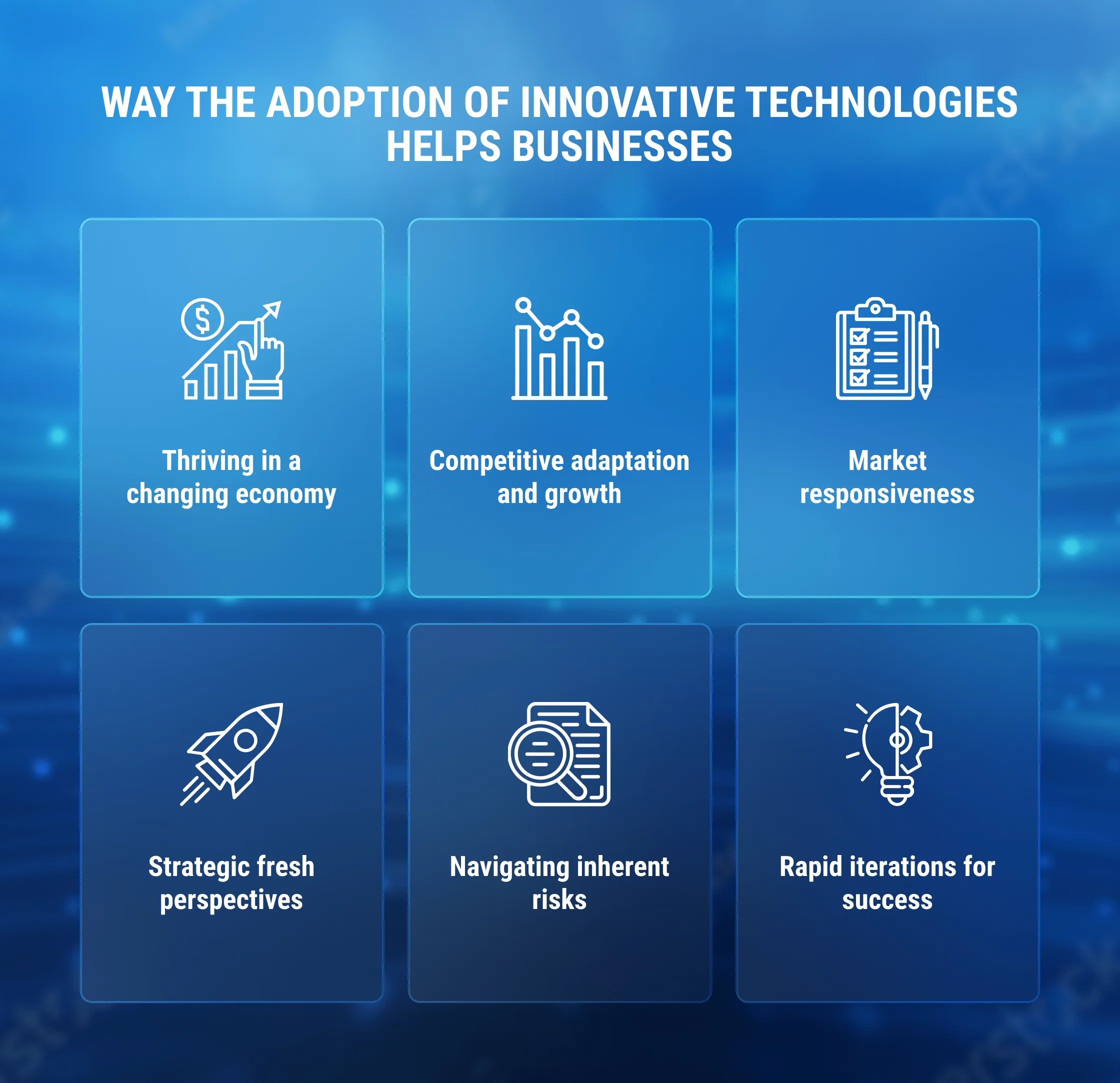
Emerging Trends in the World of PLM
Now, let's explore the emerging trends in the field of PLM. What should businesses and experts keep in mind as they prepare for the future?
James: One of the primary trends in PLM that demands attention from both experts and businesses is data governance. It's a critical aspect, especially considering the data-driven nature of modern business and product development. Effective data governance involves overseeing data quality, security, and accessibility throughout the product life cycle. It means ensuring data accuracy, consistency, compliance with regulations, and protection against potential security breaches. In today's interconnected world, where data fuels innovation and decision-making, robust data governance is essential for achieving seamless data integration, meaningful analytics, and safeguarding intellectual property.
Yash: Alongside data governance, another significant trend is the imperative of digital transformation. Businesses that wholeheartedly embrace and adapt to this transformation are poised to not only survive but thrive in the evolving landscape. Central to this shift is the adoption of the digital thread concept for both products and services, which has become a clear market demand. Simultaneously, the industry data ecosystem is propelling the frontiers of digitization and digitalization, offering numerous opportunities and challenges.
Crucially, striking the right balance between burgeoning artificial intelligence technologies and harnessing human expertise remains at the forefront, particularly for organizations focused on design. Achieving success in manufacturing and product organizations hinges on the seamless integration of people, processes, data, and business systems. This holistic approach is the linchpin of competitiveness and efficiency in the ever-evolving world of PLM.
James: I'd like to add another major trend to the mix: designing for sustainability. Sustainability has taken center stage as a global responsibility. It involves making environmentally friendly material choices, enhancing energy efficiency, and optimizing the entire product life cycle with eco-conscious principles. Given the growing environmental concerns, increasing regulatory pressures, and changing consumer preferences, sustainability has evolved from an option to a necessity. Adhering to sustainability standards and aligning with consumer demands is pivotal. Sustainable design not only leads to resource efficiency and reduced waste but also holds the potential for innovative breakthroughs. It aligns with ethical considerations and can significantly enhance a company's competitiveness. In the world of PLM, both data governance and sustainability stand out as pivotal trends for the future, demanding the full attention and action of experts and businesses alike.
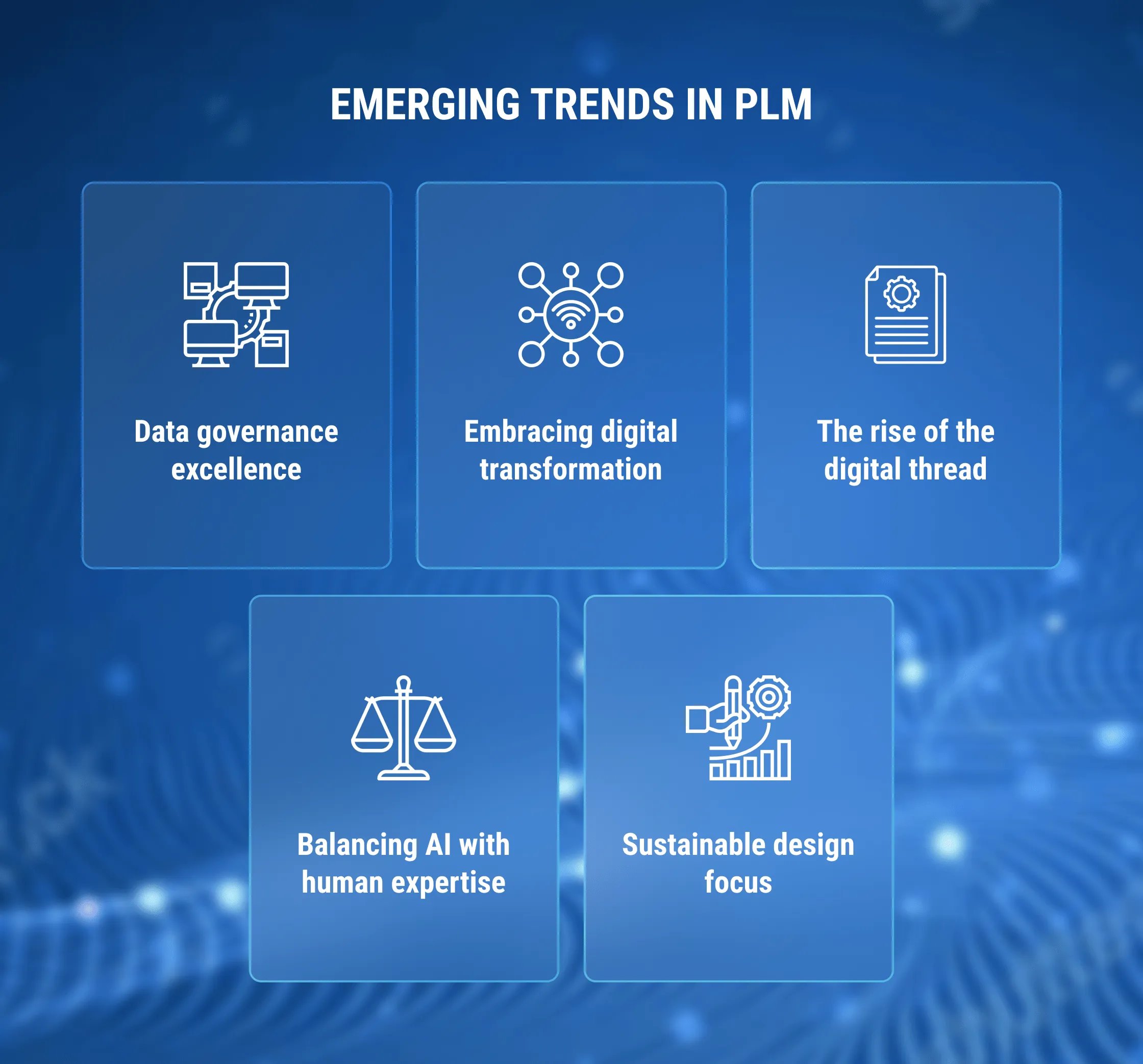
How PLM Fuels Innovation and Resilience
Thank you for sharing these valuable insights. Considering these trends, let's now explore how PLM fosters innovation while promoting business resilience. Can you provide some specific examples for the near future of how PLM can foster innovation while keeping businesses resilient?
James: Certainly, innovation and resilience go hand in hand with PLM. Access to valid information upfront empowers designers to make informed decisions, reducing the need for rework and redesign. By automating administrative tasks, PLM enables product designers to allocate more of their time to innovative product design and less on documentation. This shift not only streamlines processes but also provides greater value to the business. For example, with access to real-time data about market demands and product performance, businesses can quickly adapt and innovate, ensuring their products remain competitive and resilient in dynamic market conditions.
Yash: Building on that, a robust PLM system establishes a digital thread for a product, digitizing its data and processes. This digital thread empowers innovators to leverage data generated throughout the product's lifecycle, from concept to design, manufacturing, service, and eventual disposal or upcycling. This data-driven approach aids in developing more consumer-centric designs that address individual complexities. Moreover, it equips design teams to build responsibly and remain resilient in the face of unexpected disruptions. With a digital thread connecting every department and team, end-to-end visibility is achieved, enabling businesses to adapt swiftly to changing circumstances and innovate based on actionable insights from the entire product life cycle.
The Role of PLM Experts and Leaders in Shaping the Future
As a conclusion and an inspiration, can you share any ideas on how PLM experts, leaders, or advocates can influence future innovation for both PLM and the businesses it serves? Whether it's about mindset, practical strategies, or any insights you may have.
James: Indeed, PLM experts and advocates play a pivotal role in shaping the future of innovation in PLM and the businesses it supports. The primary focus should always be on delivering tangible business value. Any technological advancement or innovation must translate into tangible benefits for the company, whether it involves optimizing processes, enhancing product functionality, or promoting sustainability. The challenge lies in constructing a compelling return on investment (ROI) case that convinces management to greenlight these innovations. Once approval is secured, the next crucial step is building a cohesive and dedicated team that believes in the vision and collaborates effectively to drive progress. Without a united and committed team dedicated to change, the likelihood of achieving ultimate success diminishes.
Yash: To add to that, PLM experts and leaders can significantly influence future innovations by:
- Staying updated with emerging technologies: Understanding the latest technological advancements that can enhance PLM capabilities empowers experts to identify opportunities for innovation and guide businesses in adopting them.
- Fostering collaboration and cross-functional partnerships: Working closely with various teams, such as engineering, manufacturing, marketing, and others, helps experts understand their specific needs and challenges. By identifying areas where innovation is needed, PLM experts can develop tailored solutions that address those needs.
- Advocating for user-centric design: Prioritizing usability and user-friendly interfaces is critical. PLM experts can promote a design philosophy that puts the user's needs and workflows at the forefront. This approach drives adoption and ensures that PLM systems are effectively utilized within the organization.
- Promoting data-driven decision-making: Using PLM systems to collect and analyze data throughout the product life cycle empowers experts to help businesses identify areas for improvement, optimize processes, and make informed strategic decisions.
- Encouraging continuous learning and skill development: By implementing training programs, workshops, and knowledge-sharing sessions, PLM experts can foster a culture of learning. This ensures that their teams are equipped with the necessary skills and knowledge to drive innovation in the PLM space.
- Engaging with industry communities and thought leaders: Staying connected with peers and experts in the field is essential. PLM experts can gain valuable insights from others and contribute to the collective knowledge and innovation in the PLM space.
By actively embracing these steps, PLM experts and leaders can effectively drive innovation in the PLM field, helping businesses remain competitive in a rapidly evolving market and contributing to the future of PLM.
Conclusion: PLM, Innovation, and Navigating Turbulent Waters
In our journey through the dynamic world of PLM, we've uncovered how PLM is more than just a process optimization tool—it's the driving force behind innovation in today's ever-evolving business landscape. Let's sum up our key takeaways:
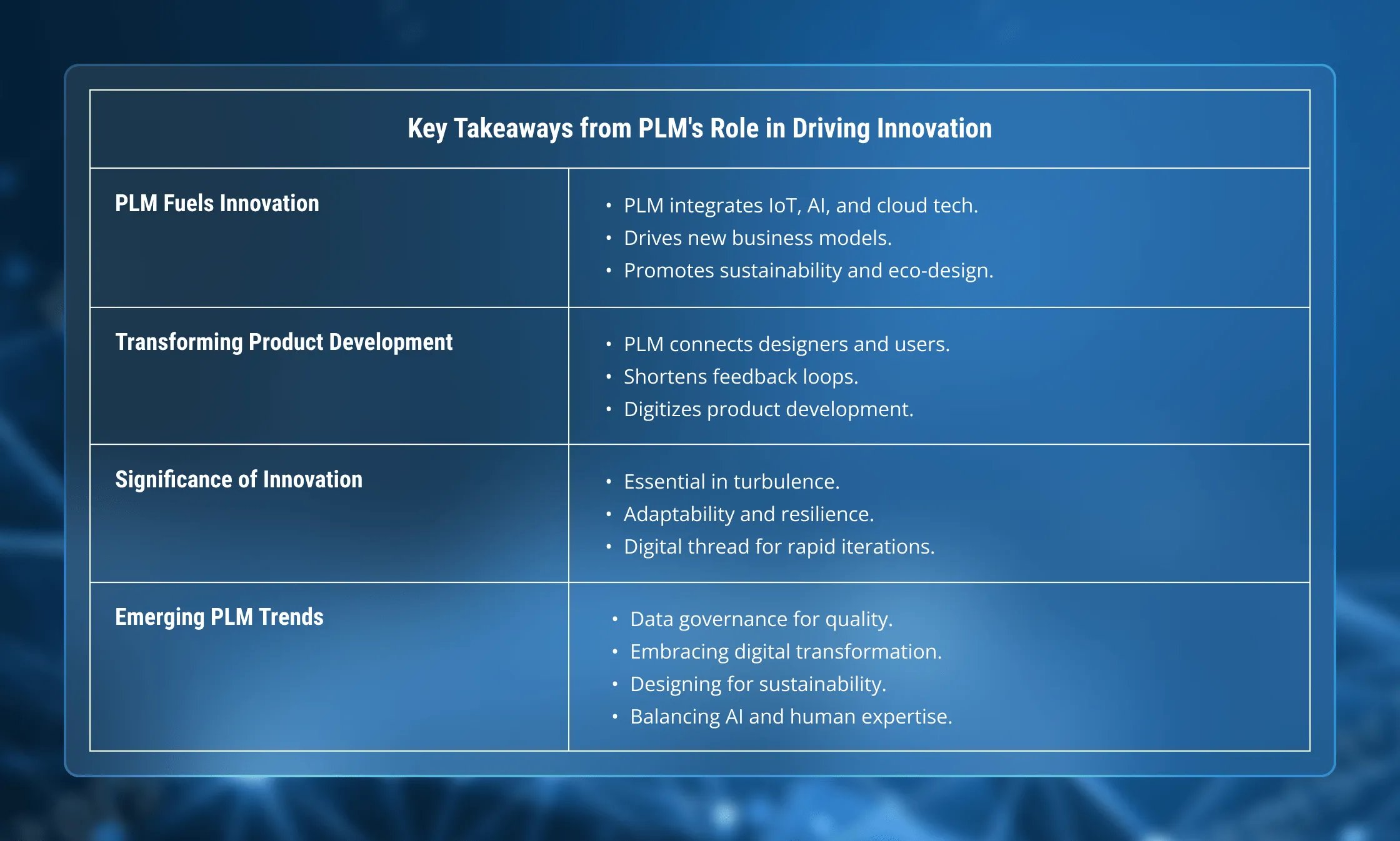
PLM as an innovation catalyst
PLM seamlessly integrates disruptive technologies, from IoT to AI and cloud computing, nurturing innovation. It paves the way for new business models, like subscription-based services, and champions sustainable practices, reducing waste and promoting eco-conscious design.
PLM transforms global product development
PLM bridges the gap between designers and end-users, enabling shorter feedback loops and swift product reinvention. The digitization of product development data and the adoption of PLM software are at the core of this transformation.
Innovation is significant
In today's turbulent world, innovation is not a choice but a necessity. It's about adaptability, flexibility, and the readiness to tackle disruptions. A robust PLM system helps create a digital thread for products, ensuring transparent processes and rapid iterations.
Emerging trends in PLM
Key trends include data governance, digital transformation, and designing for sustainability. Striking the right balance between AI and human expertise remains critical for success.
Businesses and experts:
It's time to harness the full potential of PLM to thrive in this dynamic environment. Embrace innovation as a way of life. Stay updated with the latest technologies, foster collaboration, prioritize user-centric design, leverage data-driven insights, promote continuous learning, and engage with industry peers. Remember, PLM is a tool and a guiding light towards resilience and success. Let's journey together into the future of innovation and PLM, where possibilities are limitless, and disruptions are mere stepping stones to success.
TOP SAP Company
Healthcare data includes multiple patient records, regulatory compliance information, and product specifications. Therefore, it requires stringent security measures and specialized handling protocols. PLM became a single source of truth.
The result?
- 60% time reduction for cycle creation
- 25% more capacity
- Decision control process automation
- IPS-controlled workflows
- One source for specification data
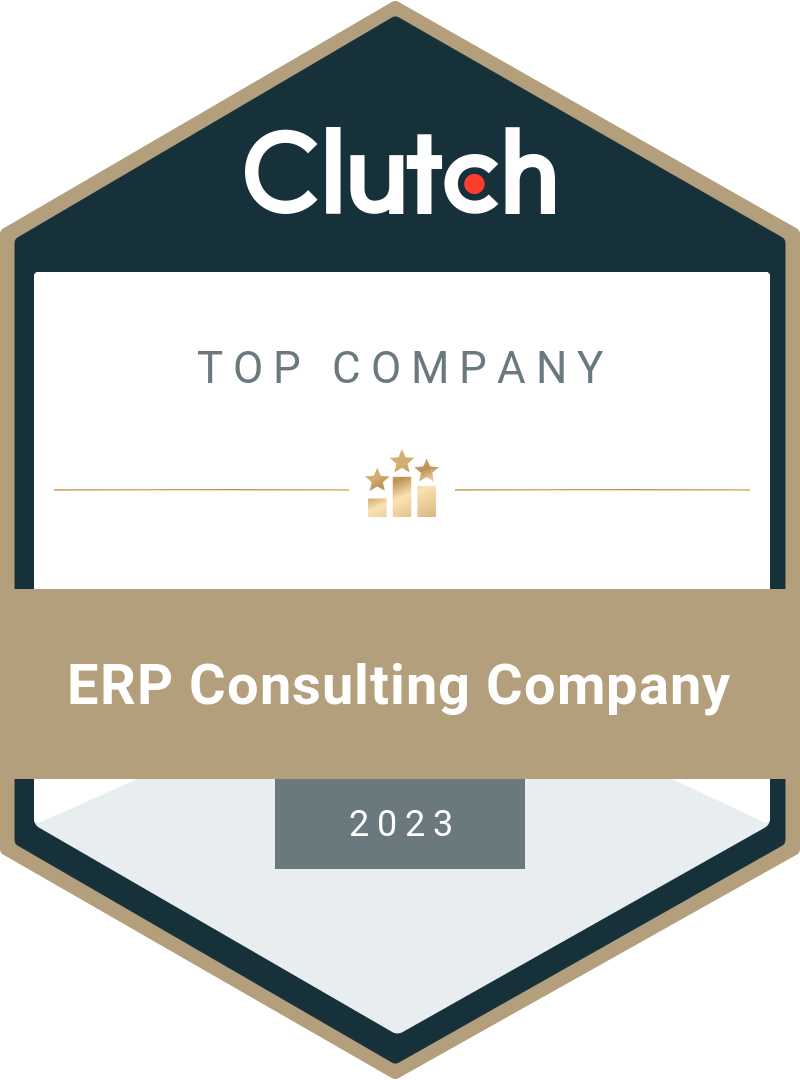
ERP Consulting Company
LeverX’s experts blended solid technical knowledge with industry-specific experience. The phase-by-phase approach to product development allowed for the customer’s drastic business process transformation.
The result?
- 35% decrease in customer request turnaround time
- 71% decrease in average months for equipment set up in SAP to first sale (8.3 to 2.4)
- 8% decrease in requests for rework in engineering
- Automated electronic purchase requisitions
- 14 redundant data silos eliminated
If you're ready to explore the possibilities of PLM and discuss your project, don't hesitate to reach out to LeverX's expert team. Fill out the form below to get started!
How useful was this article?
Thanks for your feedback!



